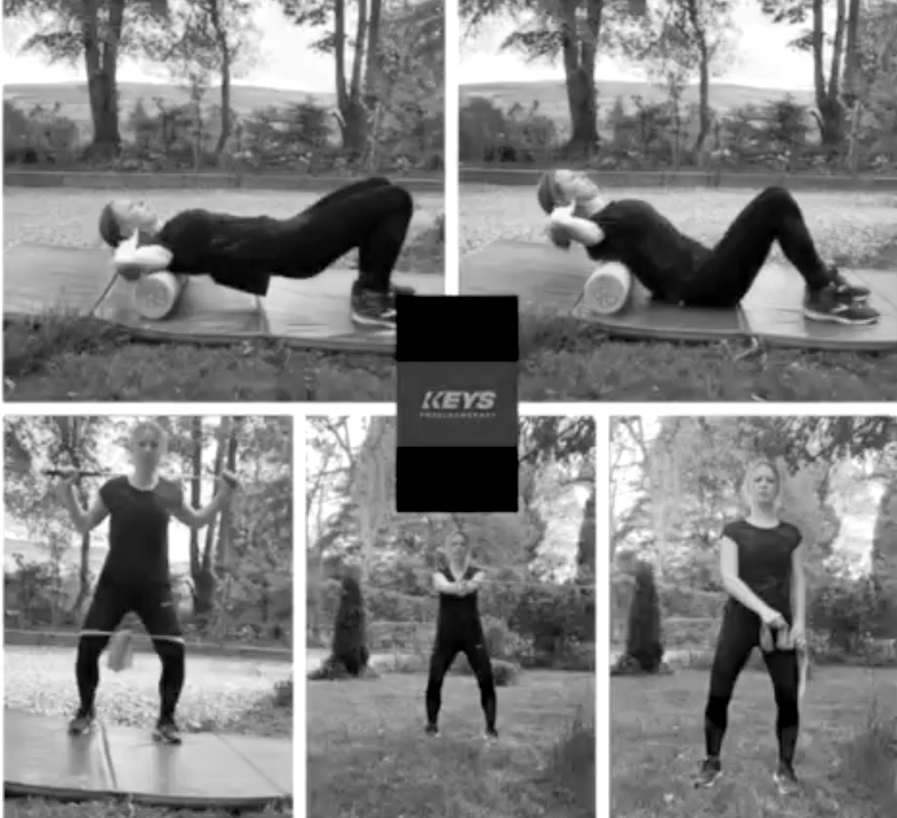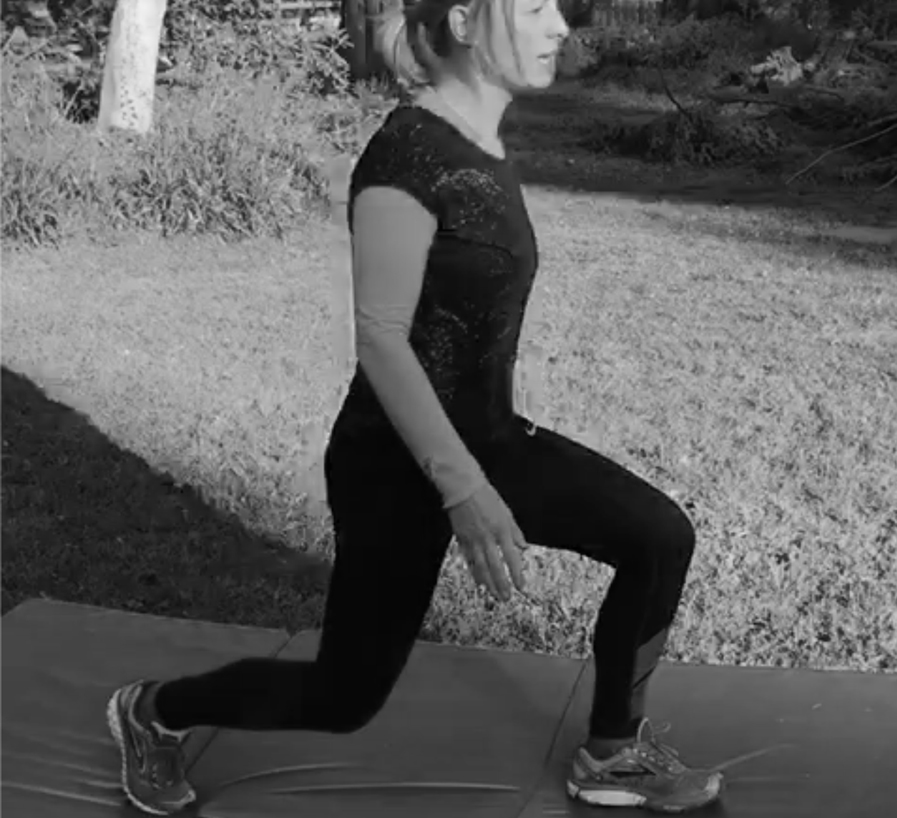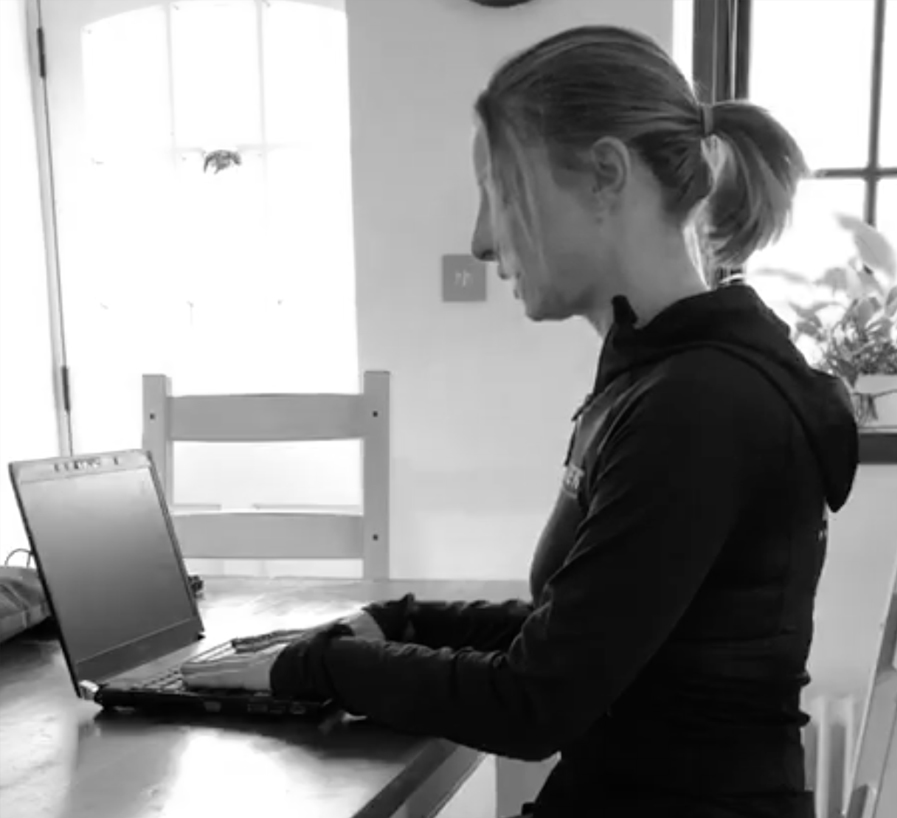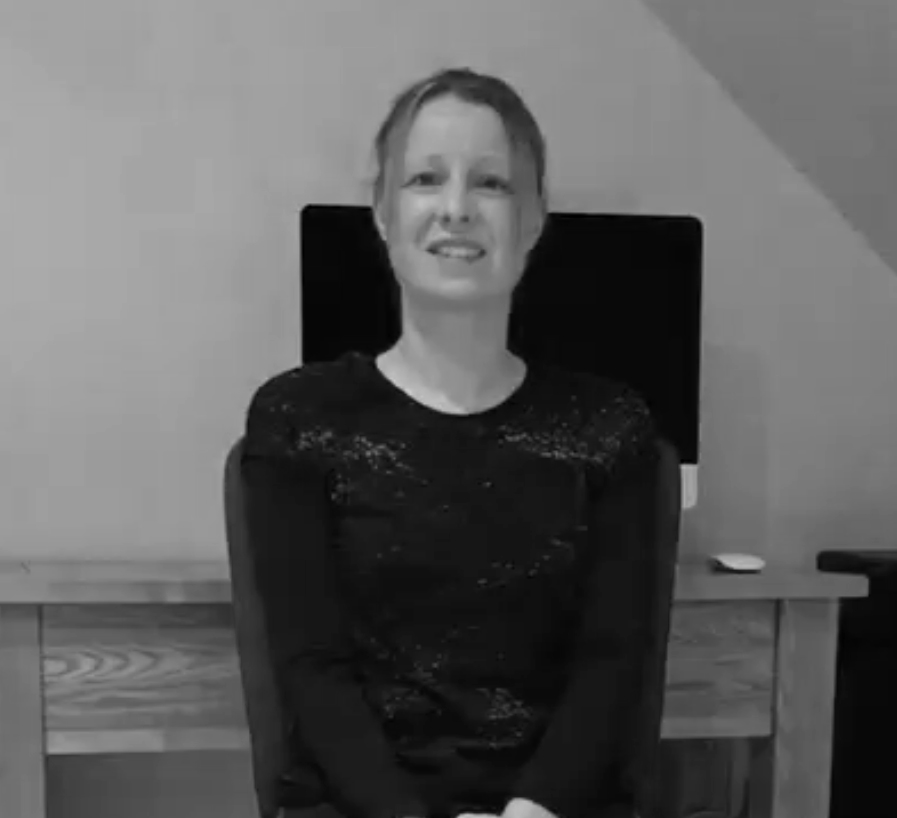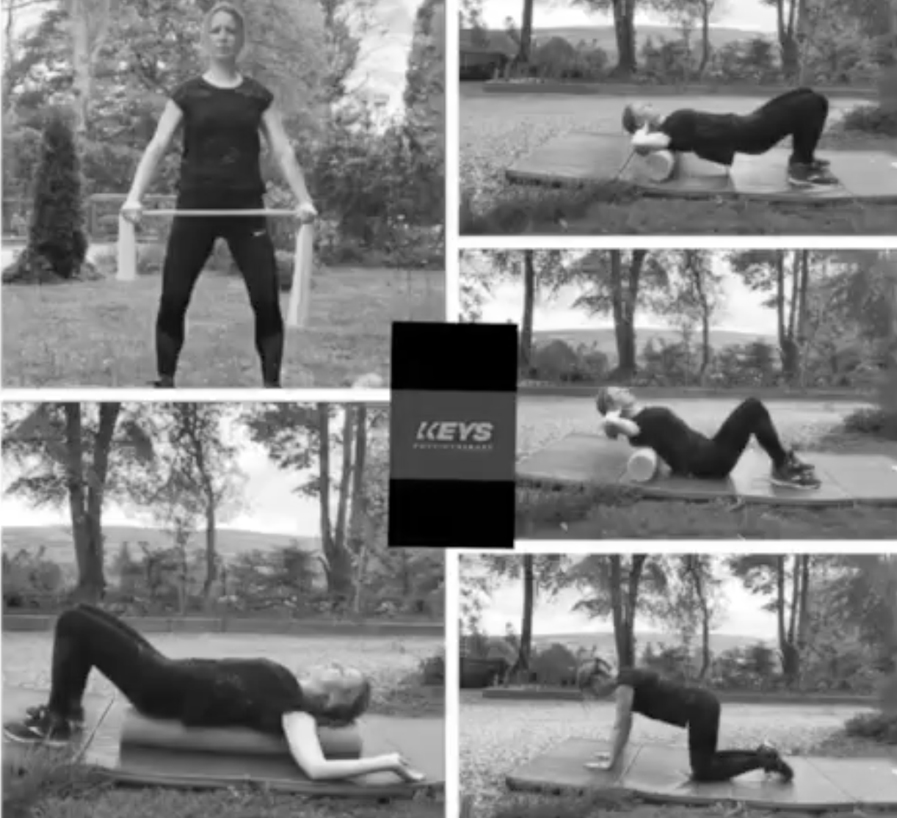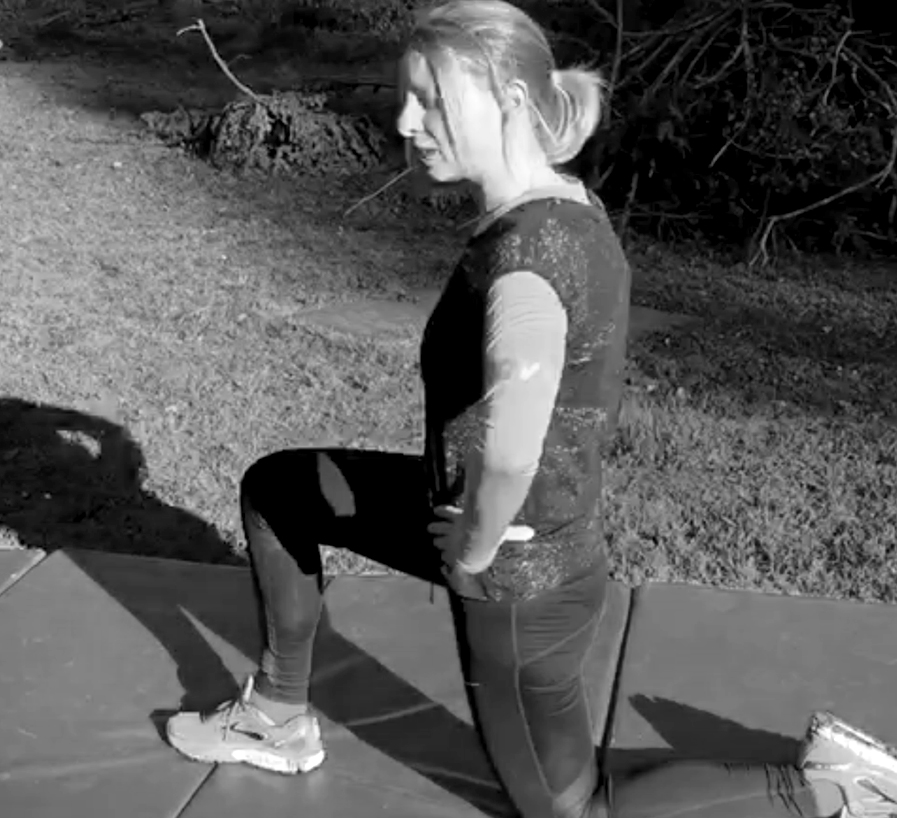-
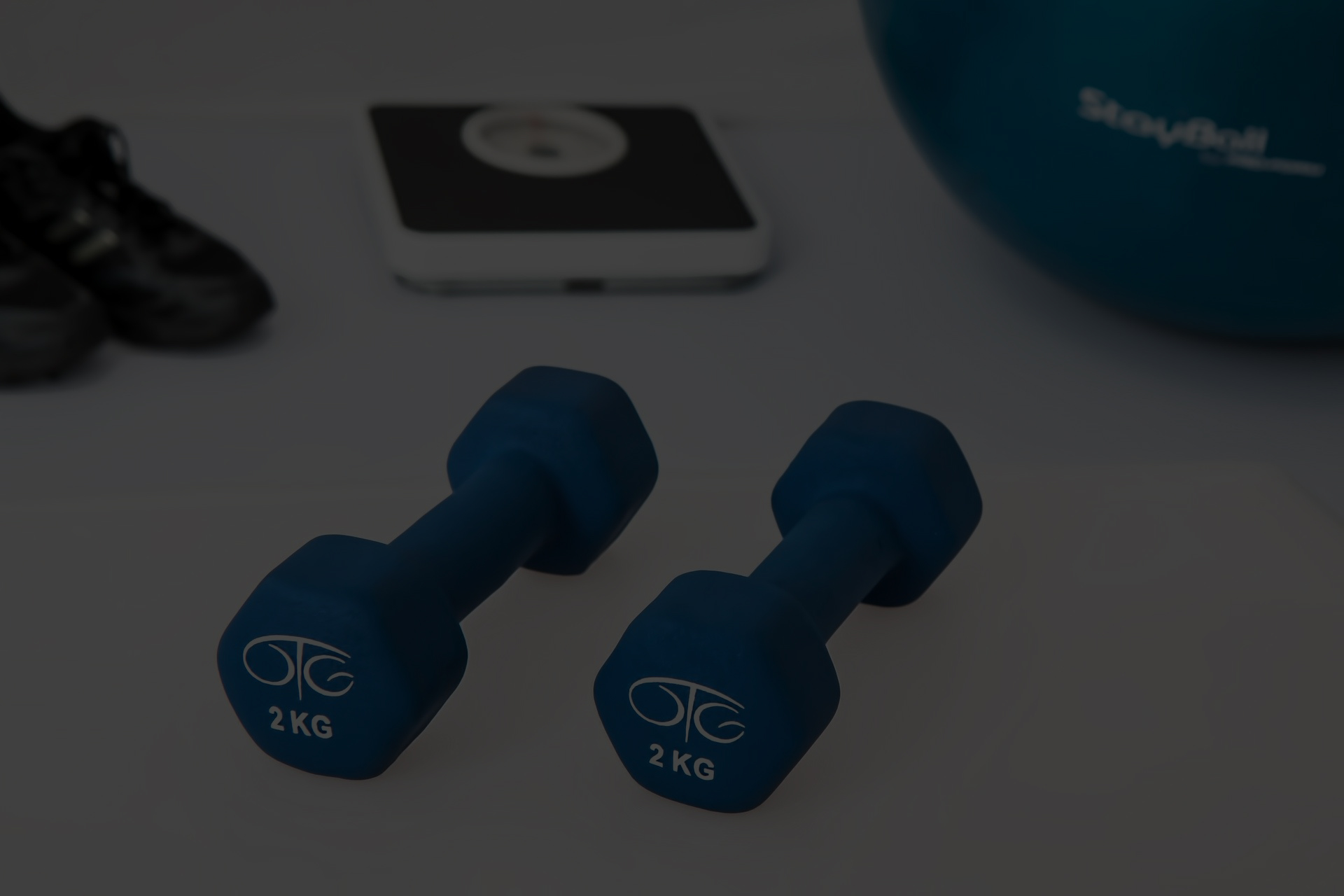 KEYS PHYSIOTHERAPYPhysiotherapist in Inverness
KEYS PHYSIOTHERAPYPhysiotherapist in Inverness
Book your appointment now
WHAT I DO
With over 18 years experience, Jenny aims to provide high quality clinical care in a warm and friendly setting. Clearly explained diagnosis and treatment path is the centre of what Jenny aims to achieve, allowing the patients to leave fully understanding the problem, the treatment plan and the expected time of recovery. By providing both manual and exercise-based therapy Jenny enables patients to optimise their rehabilitation and return to their daily activities or sport in a time effective manner minimising the need for multiple and repetitive treatment sessions.
Areas of expertise also include advice, education, taping, manual therapy (including joint mobilisations and soft tissue release), exercise rehabilitation and prehabilitation and recovery strategies. Jenny is a qualified acupuncturist, with 10 years experience. Additional training includes:
- Society of Orthopaedic Medicine - Cervical and upper limb
- McKenzie Institute - Lumbar spine
- Mulligan Manual therapy concept - Lower quadrant - peripheral joints, lumbar spine and sacroiliac joints
- Sports massage training
- Kinesiology taping course
- Trauma and Medical Emergencies pitch side First Aid course
ABOUT ME
Jenny graduated from The Robert Gordon University with a Masters in Physiotherapy in 2005. Prior to this she completed an honours degree in Sport and Exercise Science at the University of Glasgow. Jenny is a fully qualified member of the Chartered Society of Physiotherapy and registered with the Health and Care Professions Council (HCPC). With 15 years experience, 5 years in the NHS in Glasgow and 10 years in the private sector treating musculoskeletal and sports injuries, Jenny provides thorough musculoskeletal and biomechanical assessment, individualised and sport-specific treatment and rehabilitation management plans.
Jenny worked at the London Olympics, World badminton championships, supported the SportScotland Institute of Sport and National Teams, Performance Programmes and Development Squads in Rugby and Hockey, and Individual athletes in Golf, Swimming, Cycling, Curling, Running, Triathlons and Squash. Jenny was a competitive swimmer for 13 years so has a keen interest in swimming injuries and prevention. After moving to the Highlands with her young family 4 years ago, Jenny has got back to running, cycling and gym training, and has completed the Highland Cross twice. She hopes to complete another triathlon at some point too!
TREATMENTS
At Keys Physiotherapy we aim to diagnose the injury as well as find the causes, which helps us to achieve the best results and prevent the problem returning.
During the first appointment we will ask you to tell us about the history of your problem. You will have time to ask any questions you may have or give them information you feel is relevant to your condition.
You will be examined and any relevant tests will be carried out to help diagnose your symptoms.
An explanation of any findings will be discussed, personalised home exercises programme issued and hands on treatment started if time allows and is appropriate.
If further sessions are required you will be given an estimate of the number of treatments that may be needed.
Ultrasound is a high frequency soundwave which produces a fine vibration of the cells in the body. This soundwave is the production of mechanical energy created by the vibration of a quartz crystal, which is situated inside the head of the treatment machine. The ultrasound energy is absorbed by the injured tissues, causing cells within the tissue to vibrate. This has the following effect:
- It speeds the rate of healing, by increasing the cellular activity.
- It promotes a healthy inflammatory response to allow effective repair of the damaged tissue.
- It encourages the production of repair tissue.
- It promotes remodelling of the new tissue so that it adopts the characteristics of the tissue it is repairing.
Massage therapy is the scientific manipulation of the soft tissues of the body, consisting primarily of manual (hands-on) techniques such as applying fixed or movable pressure, holding, and moving muscles and body tissues. These techniques affect the muscular, skeletal, circulatory, lymphatic, nervous, and other systems of the body. Massage therapy has been shown to aid the ability of the body to heal itself.
Sports massage uses a variety of pressure (often deeper, more intense and focused than in conventional massage) to speed up recovery time and help prevent injury.
Many athletes believe that a complete training programme should include not just the exercise itself, but also regular massage.
Massage has many benefits. It can:
- relax your muscles
- fight fatigue
- relieve any swelling you have around your joints
- boost circulation and the immune system so that the body heals more quickly
- improve your flexibility and body strength
- increase your circulation and lymph flow
- make it easier for you to recover more quickly after you've done strenuous exercise
- make it less likely you'll get more injuries by getting rid of the tension in the muscles
Pilates is a type of exercise that targets the deep postural muscles of the back and abdomen to build on your body’s core strength and improve body awareness.
Developed by Joseph Pilates in the 1920’s, Pilates is still widely used today in both the fitness and rehabilitation industry. Many people feel the benefit of Pilates for the management of back pain, postural correction, flexibility, general toning and feelings of wellbeing.
I currently provide one to one sessions in the clinic. Please contact me for further information.
Cupping therapy is an ancient medical treatment that relies upon creating a local suction to mobilise blood flow in order to promote healing.” (British Cupping Society 2008). Cupping is rather like a ‘reverse’ deep-tissue massage using suction instead of downward pressure. The blood is drawn to the surface of the skin in specific parts of the body that need healing.
Plastic cups are applied onto the skin and a suction is created with a pump, pulling the skin and fascia (connective tissue) up. The cups can be moved or can be kept in one position.
The main uses of cupping are to:
- stimulate blood flow, improve circulation and promote healing
- ease back, shoulder and neck pain and tension and loosen tight muscles
- relieve stress and promote relaxation.
Acupuncture is a form of therapy in which fine needles are inserted into specific points in the body to produce a therapeutic effect. Acupuncture works by:
- stimulating the body to produce pain relieving chemicals such as endorphins
- blocking or reducing the pain messages to the brain
- relaxation of muscles (trigger point acupuncture)
Acupuncture can be used for conditions causing acute and chronic pain in muscles, tendons, ligaments and joints, for example, arthritis, shoulder, neck or back pain, headaches or migraines.
Kinesiology taping is a taping technique used to facilitate rehabilitation. The taping provides support and stability without restricting movement. The lifting effect helps aid healing and aids lymphatic drainage. The stimulation of the grooves in the tape helps your muscles to function.
The tape can help in the acute post injury phase as well as for chronic conditions and returning to sport and function.
In acute injuries it may be necessary to use a different tape that increases the stability and reduces movement.
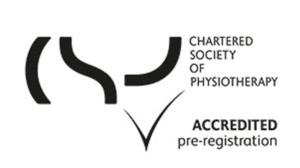
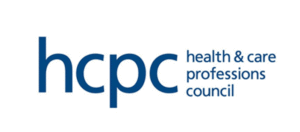
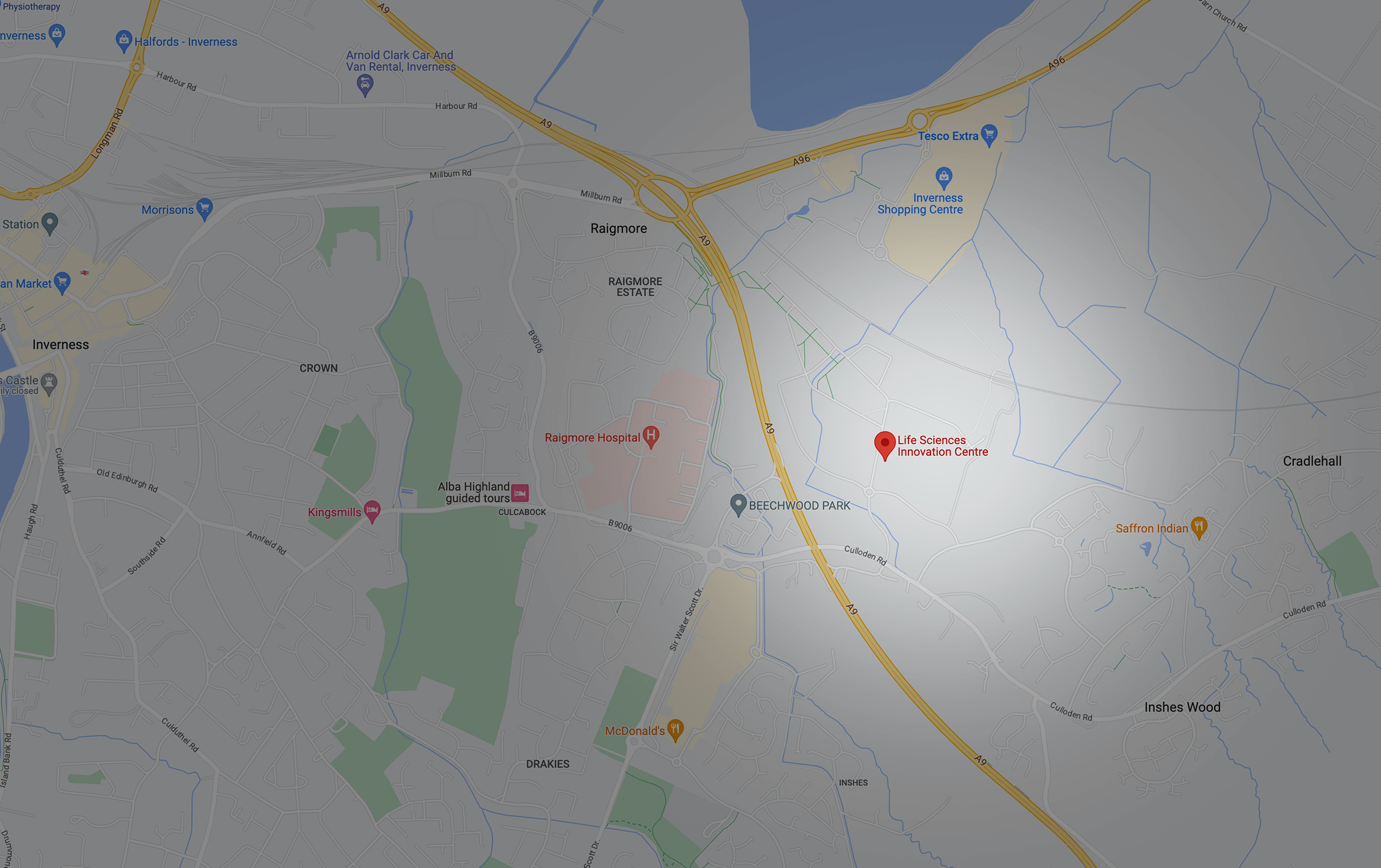
CONTACT US
Life Sciences Innovation Centre, 20A Inverness Campus, Inverness, IV2 5NA.
T: 01343 552530
E: info@fusionpt.co.uk
On-site Parking available

